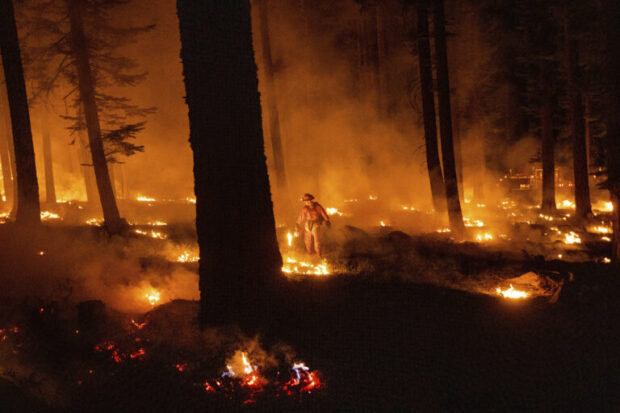The 2021 wildfire season in the Western United States was another one for the books, breaking records for size and destruction right up to the last day of the year.
Executive Summary
Verisk Senior Scientist Philip Cunningham describes conditions conducive to wildfires—periods of precipitation sufficient to grow vegetation, followed by long periods of drought conditions and high "vapor pressure deficit," strong winds and ignition sources—and how they all came together to produce a record-breaking season in 2021. Across much of the U.S., not only are fire seasons getting longer, but longer fire seasons are becoming more frequent, he writes, also noting that fewer but larger fires were evident in 2021—continuing a multidecadal trend.The last wildfires of 2021 were two grass fires that started in Boulder County, Colo., late in the morning of Dec. 30. The first, the Middle Fork Fire, was contained later that day without damage to structures, but the second, the Marshall Fire, was dramatically different. Fueled by extreme winds, with gusts reported as high as 115 mph, this fire spread quickly and within two days had destroyed more than 1,000 buildings and damaged more than 100 others, setting a new state record for structures lost. Tragically, two people were killed.
The intensity of the Marshall Fire was driven by high winds but also by a significant amount of fuel in the form of dry grass. While the dry summer and fall in Boulder County led to especially flammable biomass, the wet spring may have supported above-average grass growth and production of that eventual fuel. Nevertheless, under the extreme wind conditions experienced during the Marshall Fire, almost any level of fuel could have supported a devastating fire once ignited.


























